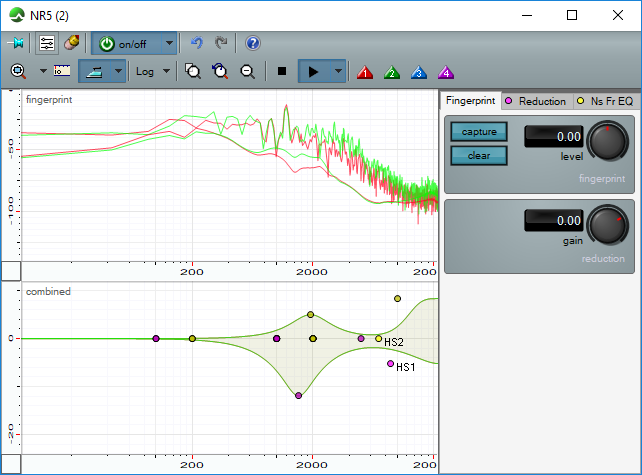NR-4™ and NR-5™


It's not possible to remove all of the broadband noise from a signal while leaving the wanted signal completely unaffected. But, when quality is the defining criterion, NR-4 and NR-5 embody related algorithms that can reduce noise to a remarkable degree while leaving the desired signal sounding natural and undamaged. Both processes are equally applicable to CD remastering, film soundtrack restoration, post-production, and forensic audio investigation, but whereas NR-4 is often the better solution when there is significant low frequency noise, NR-5 is optimised for signals with greater high frequency content and bright transients.
Although the algorithms that lie at the cores of the two processes are different, we have provided almost identical controls for the two so that users will be able to use both with equal skill. The clear screens and easily mastered controls belie the capabilities of the underlying algorithms, which remove more noise than ever before with even fewer side-effects or artefacts.
The Noise Fingerprint
Although it is impossible to know the precise amount of noise at each frequency at every moment, an accurate fingerprint is a useful tool, and can help to define the amount of noise removed by the system. Should it be difficult to capture a sample of noise, or if you have caught a small amount of signal as well, you can edit a Fingerprint or create one manually using the drawing tools. These provide powerful opportunities to achieve the best possible results, especially when used with the integrated Spectrum Analyser, which helps you to create or edit a Fingerprint that most closely resembles the contour of the noise spectrum.
The Noise Reduction EQ and Noise Free EQ™
The Noise Reduction EQ re-shapes the noise content contained in the input signal. Typically, you will want to concentrate the noise reduction in the range where the hiss is most intrusive, while leaving other areas relatively untouched. This is very different from lesser systems that attenuate the noise content equally at all frequencies.
Although capable of acting like a conventional parametric equaliser, the Noise Free EQ™ is a mastering quality EQ that acts only upon that part of the signal identified as genuine signal. You can say, therefore, that it is like a filter that shapes only the true signal content of the input signal. Common uses for this include mild boosting of high frequencies to counteract any loss of perceived brightness caused by the noise reduction itself.
Modelling & Brightness (NR-4 only)
The three modelling options control the behaviour of the NR-4 algorithm. The audible differences between these models can be very subtle depending on the nature of the signal and noise. The Brightness control gives you some flexibility to determine the nature of the dehissed sound, balancing the amount of noise reduction with the risks of side-effects.